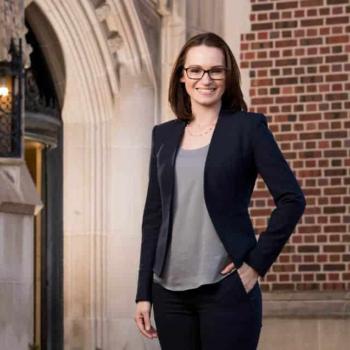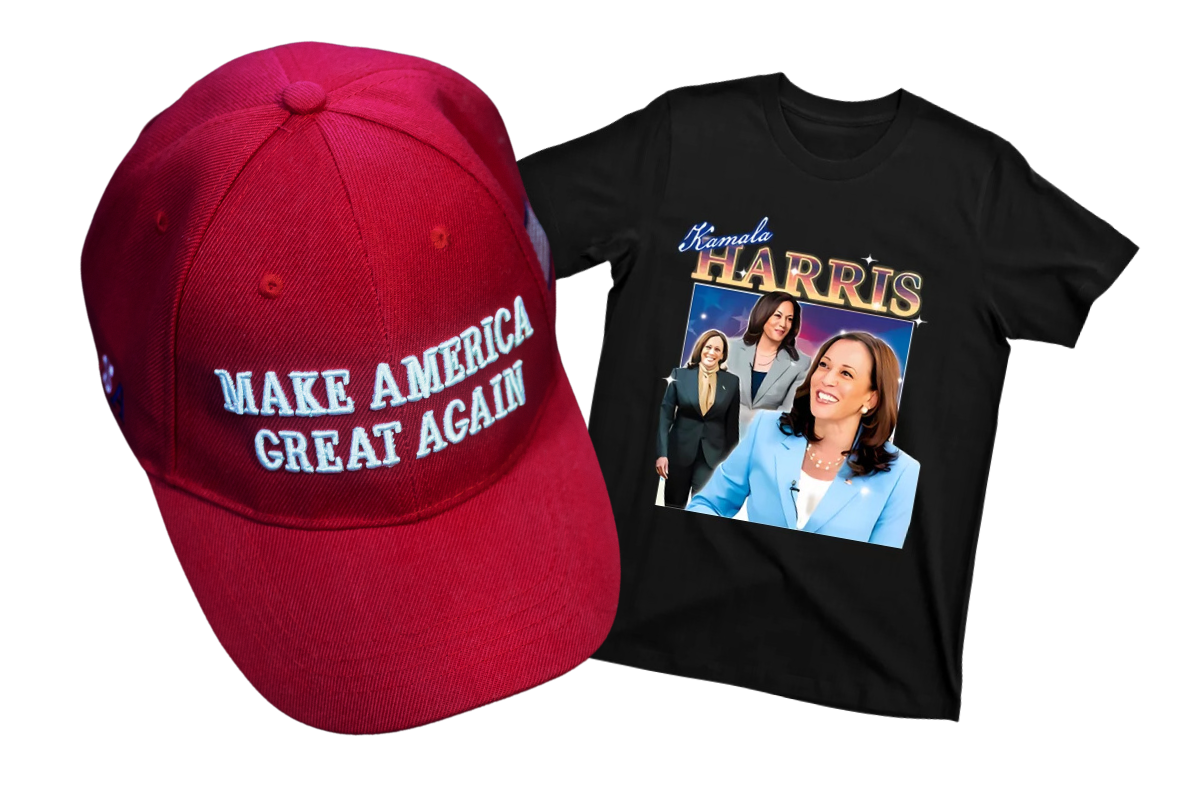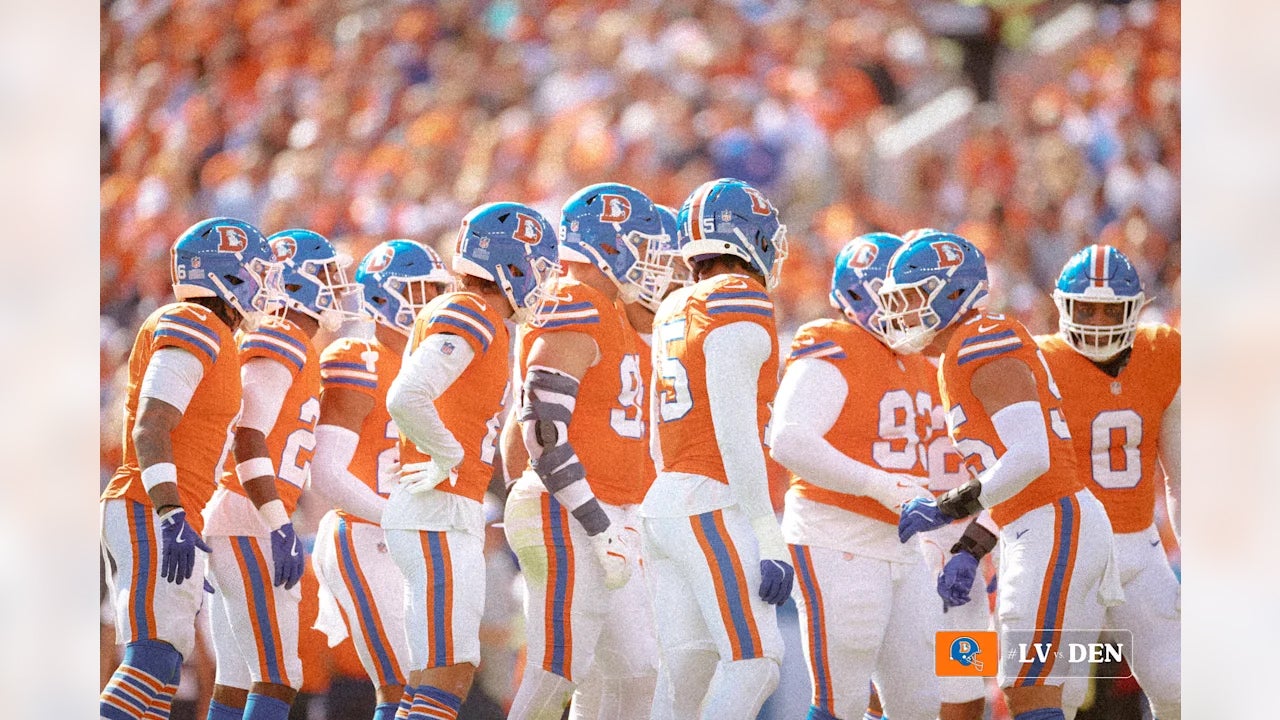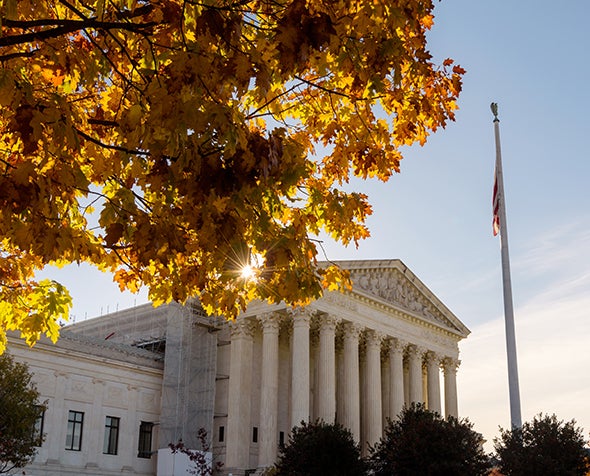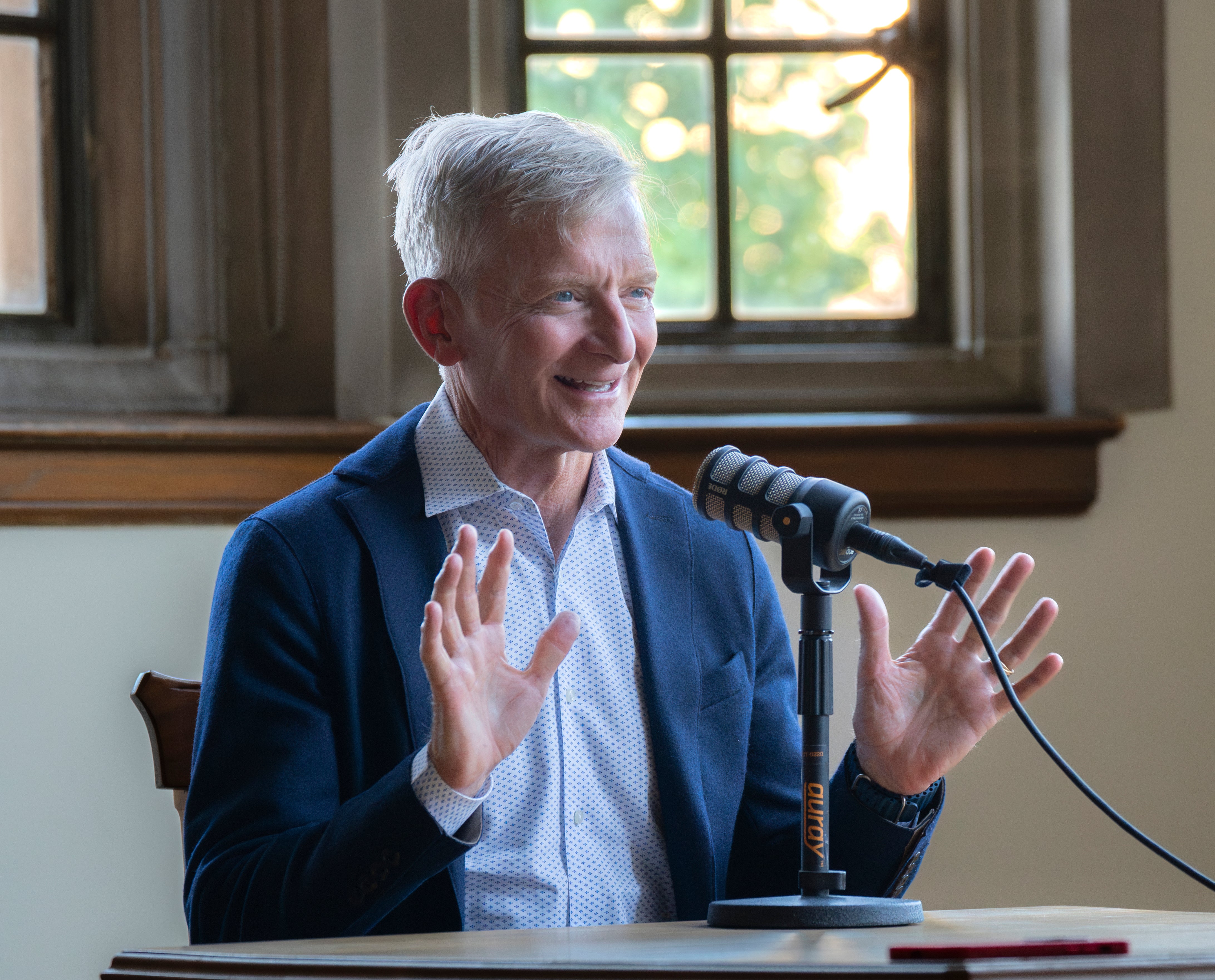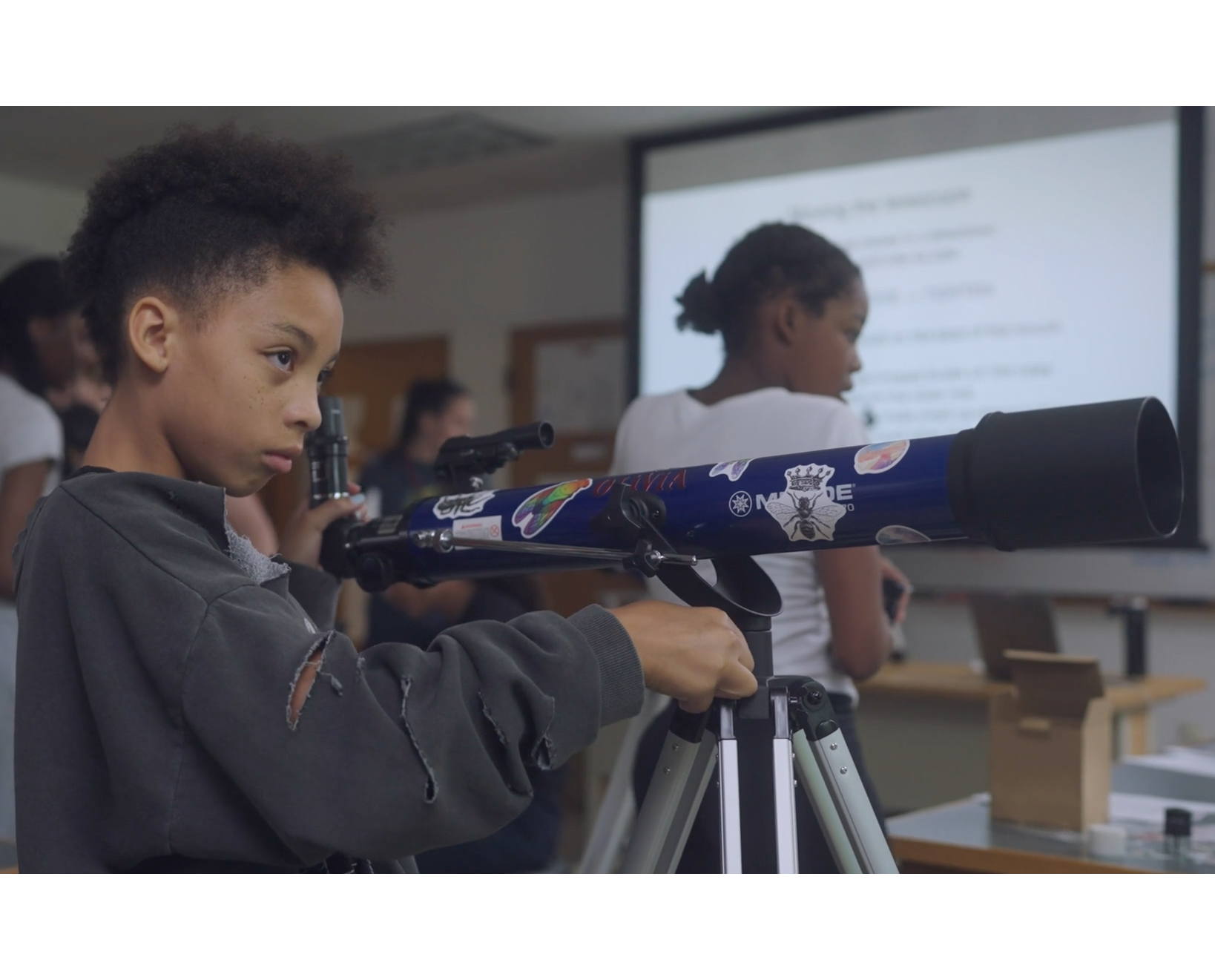Transcript
You're listening to RadioEd, the University of Denver podcast. I’m your host, Emma Atkinson.
Our lives are made up of the experiences we’ve had. And those experiences stick with us, particularly the good ones.
When we look back on our lives, it’s easy to feel as though things were better in the past. We long for the “good ‘ol days”.
There’s a word for this feeling: Nostalgia.
And nostalgia, like many other human emotions, has been commodified. That’s right – advertisers, marketers and even politicians know people yearn for bygone times, and they know just how to take advantage of it.
Ana Babic Rosario, associate professor of marketing at the University of Denver, studies what’s called “nostalgia marketing." She says that nostalgia is complex; it’s about more than just longing for the past.
Ana Babic Rosario (00:54):
It could be a past that we have personally experienced. Very often people are going to be nostalgic about their childhoods, or time spent at their grandmother's porch, cookies they ate in the past and things like that.
So what do we mean when we say nostalgia marketing?
One example is “throwback” packaging—when companies revert to retro packaging or product design in order to invoke nostalgia.
Nostalgia marketing can also involve events. Recently, the Denver Broncos football team threw it back to the 1970s with retro uniforms and helmets, plus a new (old?) field design and music from the ‘70s during a game against the Las Vegas Raiders. The first 25,000 fans in the stadium received vintage-inspired Broncos belt buckles—very retro and very ‘70s.
Another example of nostalgia marketing is remakes of old TV shows or movies—like the insanely popular Barbie Movie of 2023, which had people all up in their feels about their childhoods.
But humans can be nostalgic for more than just their own experiences.
Ana Babic Rosario (01:58):
Very often, consumers can also get nostalgic about times in the past that they've never experienced, which we call vicarious nostalgia. So it could be that you experienced nostalgia for the 1920s or ancient Greece. Those are obviously not the times that we've lived through, but we can still experience nostalgic sentiment for them.
What fascinates me personally about nostalgia is that it can be real. It can be a real feeling of longing, something that one has experienced in the past, but it can also be, I don't want to say fake, but very much imagined, very vicarious, very constructed view of the past in which we haven't personally participated.
Some people are more susceptible to nostalgia marketing than others. Researchers have developed what’s called a “nostalgia scale” to predict who, exactly, has a propensity for nostalgia.
Ana Babic Rosario (02:57):
This comes from marketing and consumer researchers. It is a scale of some 15-20 items that aim to measure the level of nostalgia that a person is experiencing. And so you might have people who are more nostalgic versus others for a variety of reasons, but much of our research thinks of consumer nostalgia as a psychological phenomenon. And so lots of researchers have used that kind of scale to try to gage how much propensity an individual might have to feel nostalgic in the moment.
But a part of our scholarship also has looked at nostalgia as a sociological phenomenon, so really as a belief that things were better in the past. So not necessarily on an individual level, feeling nostalgia, but more in a societal, collective level. Also just a major sense of decline and loss and melancholic vision of the society that we live in, those have been considered nostalgia as well. Thinking about returning to the good old days when products were better, food was tastier, relationships were stronger, the kind of idealization of the past – we see quite a bit of that as well.
So when we look at nostalgia, we think about how it has evolved to how we see it today. And at first, like I mentioned, it was it was considered a pathological disorder related to homesickness, and then more of a psychological propensity or condition, if you will. And that scale is very useful to pinpoint that. And then also, more recently, it's been looked more from a sociological lens, understanding nostalgia from the point of collective memory.
What are some predictors of whether or not someone might be more susceptible to nostalgia marketing?
Ana Babic Rosario (05:09):
Well, I'll rely here on particularly the research that has looked at this as more of a psychological phenomenon. Predictors might include feeling socially excluded, or feelings of sadness, feelings of loneliness, powerlessness, inauthenticity, all of those negative emotions and states have been demonstrated in maybe six decades of marketing and consumer research on nostalgia to exacerbate feelings of nostalgia. And then in response to that, people like to turn to the past, and they like to, for example, consume like I mentioned in one study, they were looking at cookies, and so people who were feeling more nostalgic then were more likely to choose cookies from their childhood than some newer brands of cookies that were launched more recently. So those would be some things that could contribute to feeling more nostalgic.
What am I nostalgic for, you ask? I have fond memories of playing with Tamagotchi toys and American Girl Dolls. The sound of a lawnmower on a summer Saturday morning or a train horn at night brings me right back to my Midwest upbringing. And don’t get me started on my 2010s pop music playlist—or is that too recent to be considered a throwback?
I think I probably rate pretty highly on the nostalgia scale, and Rosario says she does, too.
Ana Babic Rosario (06:40):
Being an immigrant, I sometimes am very nostalgic about my childhood and about my connections and friends and my parents and so I will, I will look for those experiences that will give me back that connection,
Despite the advantage that tools like the nostalgia scale give to marketers, sometimes nostalgia marketing just doesn’t work.
Ana Babic Rosario (07:01):
So thinking about campaigns that were successful versus not successful, I like to think about this campaign from the 1980s in Australia. This is considered by some the golden age of Australian advertising. And in that 1980s version of their campaign, they were featuring a celebrity, Paul Hogan, who was throwing ‘shrimp on the barbie’.
So in 2006 the Australian tourism campaign was launched that was reminiscent of that 1980s campaign that was called, “Say g’day to Australia.” And they titled it, “Where the bloody hell are you?” And even though it had elements that were very reminiscent of the campaign from the 80s, it was a complete disaster and it did not work. And one of the reasons why it might not have worked was because even though the message was very similar, the audiences have changed.
And companies have to be very careful about the times they’re hearkening back to with their nostalgic promotions. Rosario says brands must take into account the cultural progress that has been made since times past—and be mindful of racism, sexism and other discriminatory cultural practices.
Ana Babic Rosario (08:17):
When images are used from the past that today we understand to be very toxic, or that we understand to be very exclusionary, I would say, especially since 2020 and the murder of George Floyd, there have been powerful conversations in this country that are shifting boundaries and shifting the society. And in this particular context, since those evolving cultural conversations, if brands were to use nostalgia marketing and evoke to, let's say, plantations In the South, that would be very much in contradiction with the societal shift and current conversations. And it would be, in my view, counterproductive, and it would not be a lucrative strategy.
And so referring to the past, it can be helpful, unless referring to the past means perpetuating that toxicity that existed at that time, before we started to have these more evolved conversations, I would say. And things change over time, and people change over time, and audiences do as well.
So in the example that I was giving with the Australian tourism organization, the message stayed the same, but the audiences have changed over time, and so it didn't land the same. So just because the marketing strategy worked in the past, it doesn't mean that reviving it would have the same effects on the bottom line. And I think it's important that brands recognize that.
Rosario’s research has found that people are more susceptible to nostalgia marketing in times of crisis or uncertainty.
People are comforted by what they know, what is familiar to them.
You argue that nostalgia marketing is so powerful because people are always longing for the good ol’ days, right? How does this theory show up in 2024 specifically?
Ana Babic Rosario (10:20):
That’s such a fascinating question. I would say there's quite a bit of uncertainty that we're facing today all across the world. In Croatia, where I'm originally from, in the United States, not just in the US, but in many countries around the world, there are very important elections happening this year. And I think we could take a look at some of what is happening with the elections, even through the lens of nostalgia marketing, I would say, you know, thinking about the past and some political slogans are asking voters particularly to think about times when things were better. This might not be enough.
I think when consumers are feeling powerless, or when they are experiencing these difficult times, it is easier, and some of them, according to research, feel like they are regaining a sense of power and a sense of control by indulging in the past, but this could be counterproductive, and it could actually be stifling progress. So I think from a research standpoint, I would recommend voters and consumers in general to really explore the present critically, without overly engaging with the past because they feel like it might have been subjectively better.
Could you provide any examples of what we're seeing in the current election cycle? Could you provide any examples of a candidate's messaging that evokes nostalgia?
Ana Babic Rosario (11:51):
Well absolutely, even the MAGA movement, with ‘Make America Great Again,’ is a very strong invitation for consumers and voters, in this case, to engage with the past almost at face value I would say, without necessarily scrutinizing that past. Was it really better? Were the inflation rates really lower? Were people really happier? Was infrastructure really better?
And so without examining those things critically, I think it's dangerous for voters to accept that kind of messaging without really exploring critically the two candidates, both of the candidates, plans for the future.
Both candidates have made use of nostalgia marketing—Donald Trump with his not-so-subtle references to an idealized past, and Kamala Harris with campaign-branded ‘80s-style apparel.
You know your research has shown that nostalgia is so powerful, and I can understand why people seeking that kind of validation and those good feelings wouldn't want to do that research to look at it with that critical eye that you're talking about.
Ana Babic Rosario (12:59):
Absolutely. Nostalgia can feel very cozy, can feel very comforting. We see this in marketing and consumer research over and over again. There’s lots of evidence for that.
Some people, think of nostalgia as an inherently happy emotion where you're thinking about things that were good in the past, and therefore you're longing and yearning for something good. And some people consider it more of a bittersweet experience. It's: Yes, I think about the sweet things, but it's bitter because I don't have them in the present. So when we translate that into retro packaging today, the idea is that brands could use fonts and colors and designs that are reminiscent of a past, whether that was personally experienced or not. So if there are particular styles that are reminiscent of the 1920s or 1930s prior to World War II, we could think of them as something old, something interesting, something warm, potentially. And the idea is that lots of those kinds of marketing strategies are going to work, because a lot of us are really feeling very uncertain, very uncertain in these times and looking for an escape.
Cozy. Comforting. Like a warm hug. Nostalgia sounds pretty good, right?
Well, yes, but despite those good feelings, Rosario says there’s also danger in sinking back into the past.
Ana Babic Rosario (14:47):
We hope to lay the groundwork for understanding that nostalgia marketing could be actually a very dangerous strategy in the present for companies. So there is a bit of contradiction, and it's not, I think, just my own, but it shows up in marketing scholarship and marketing research. So again, yes, I think nostalgia marketing can be very lucrative. When consumers are feeling bad about themselves personally or about our society, they tend to look to the past and that's where nostalgia marketing will be really effective. But at the same time, looking at the past might prevent us from progress and prevent us from innovation.
So some aspects, some contexts where we think nostalgia marketing could be dangerous or inhibiting is if people are spending too much time looking into the past. They might become anxious about the future or just not know, not have those tools to guide their lives more efficiently today.
Why should people care about your research?
Ana Babic Rosario (15:55):
People should care about research on nostalgia marketing because we are all, I think, at some points in our lives, susceptible to feeling nostalgic. It can comfort us and be a friend, but also it can be, wolf in sheep's clothing. And we should be mindful of that, and we should recognize it if it comes our way. Spending too much time in the past, spending too much time in the basement playing old video games, could be a great feeling for times that are no longer here, but also could be preventing us from coming out for sunshine and enjoying the present.
When we think about the past only we are forgetting about the present, and we're not investing in the future. And so I think in various areas of life, I think nostalgia touches all of us, and it could cost a lot of money out of our pockets to buy products that are retro and products that are vintage and those that are reminding us of the past, but like I was talking about in a political context, it could also be stifling our, you know, our critical views and thinking about the future.
A big thanks to our guest, University of Denver Daniels College of Business associate professor of marketing Ana Babic Rosario. If you enjoyed this episode, I encourage you to subscribe to the podcast on Apple Music or Spotify—and if you really liked it, leave us a review and rate our work. It really helps us reach a larger audience—and grow the pod.
Joy Hamilton is our managing editor. Madeleine Lebovic is our production assistant and musical genius and James Swearingen arranged our theme. I'm Emma Atkinson, and this is RadioEd.









